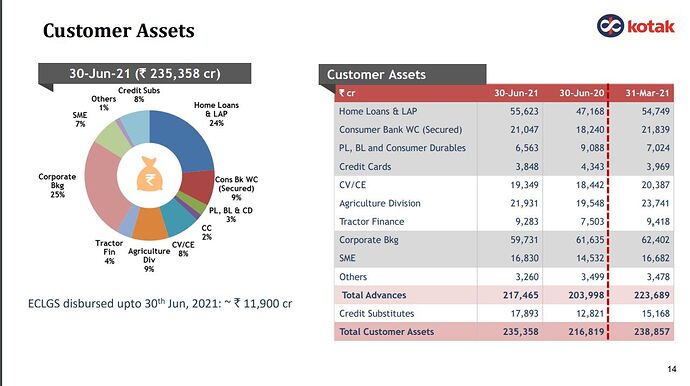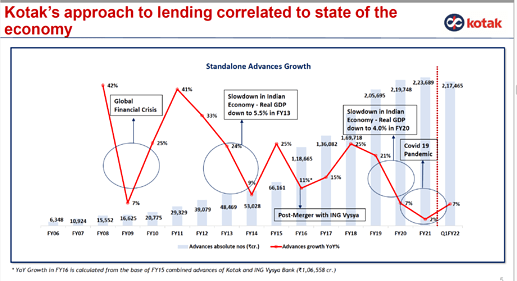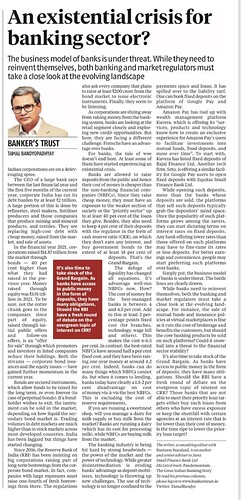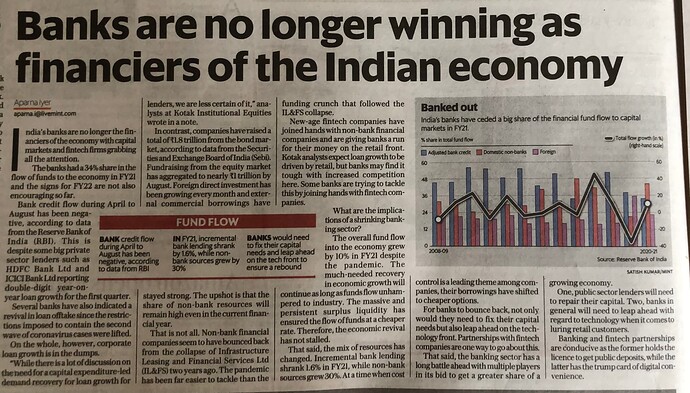I’ve been studying KMB last few days and feel there is good growth ahead for subsidiaries such as Kotak AMC, Kotak securities, Kotak Capital given the fast evolving Indian capital markets ecosystem with market participants only increasing, thanks to the bull cycle we seem to be in!
Even though valuations aren’t cheap, there is inherent holding co discount and the optionality of their subsidiaries getting listed in the long run to unlock further value apart from actual busiess growth in under-penetrated market.
(Of course management hasn’t indicated any near plans to list but am hoping as these businesses attain scale that becomes more likely if you trace path of HDFC, ICICI, etc.)
Around ~35% of PAT contribution is from non bank entities.
Kotak AMC: Kotak AMC QA-AUM has one of the highest growth amongst top players in the latest quarter and been coming up with NFOs too.
Similarly Kotak securities seems to be going in right direction with competitive brokerage plans and smart tie-ups with Fintech players such as StockEdge.
KMB also has 15% stake in MCX which is a good investment.
Have not studied their Prime (Vehicle financing), Kotak insurance, etc in depth but am hoping UK / mgmt wisely allocates in subs as per the business cycle.
Looking forward to seeing Sum of the parts (SOTP) valuations of KMB from other brokerages after KMB quarter results to see if there is reasonable upside from current levels.
Disclosure : I’ve allocations to HDFC, ICICI, RBL and recently added Kotak. Also hold HDFC AMC and exploring ICICI Securities. Am thinking of a concentrated portfolio with KMB instead of tracking and holding so many financial institutions.








